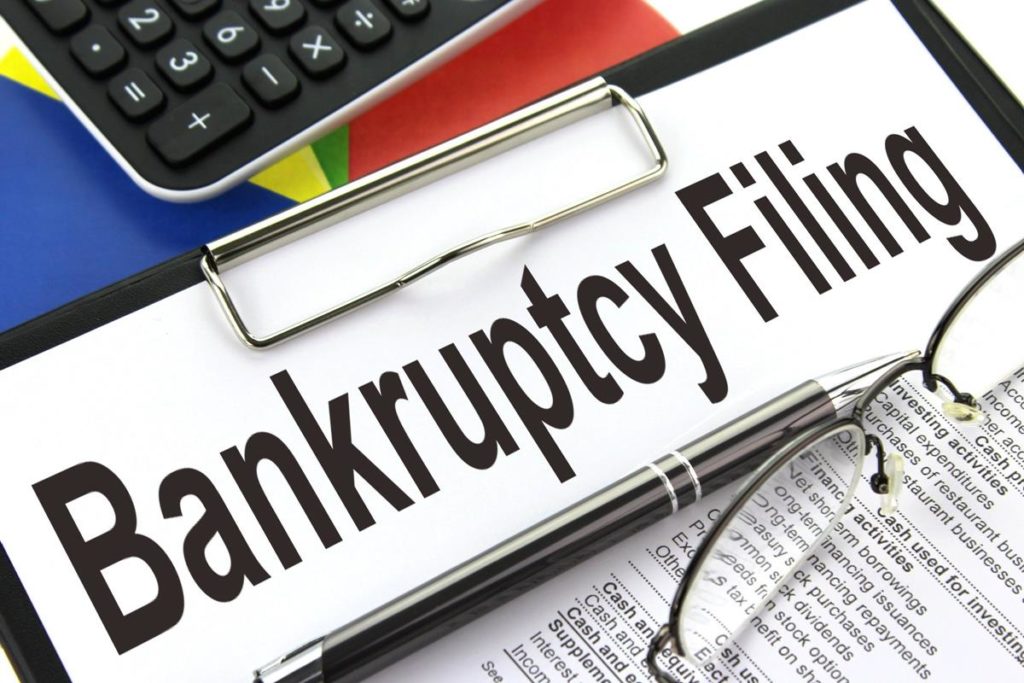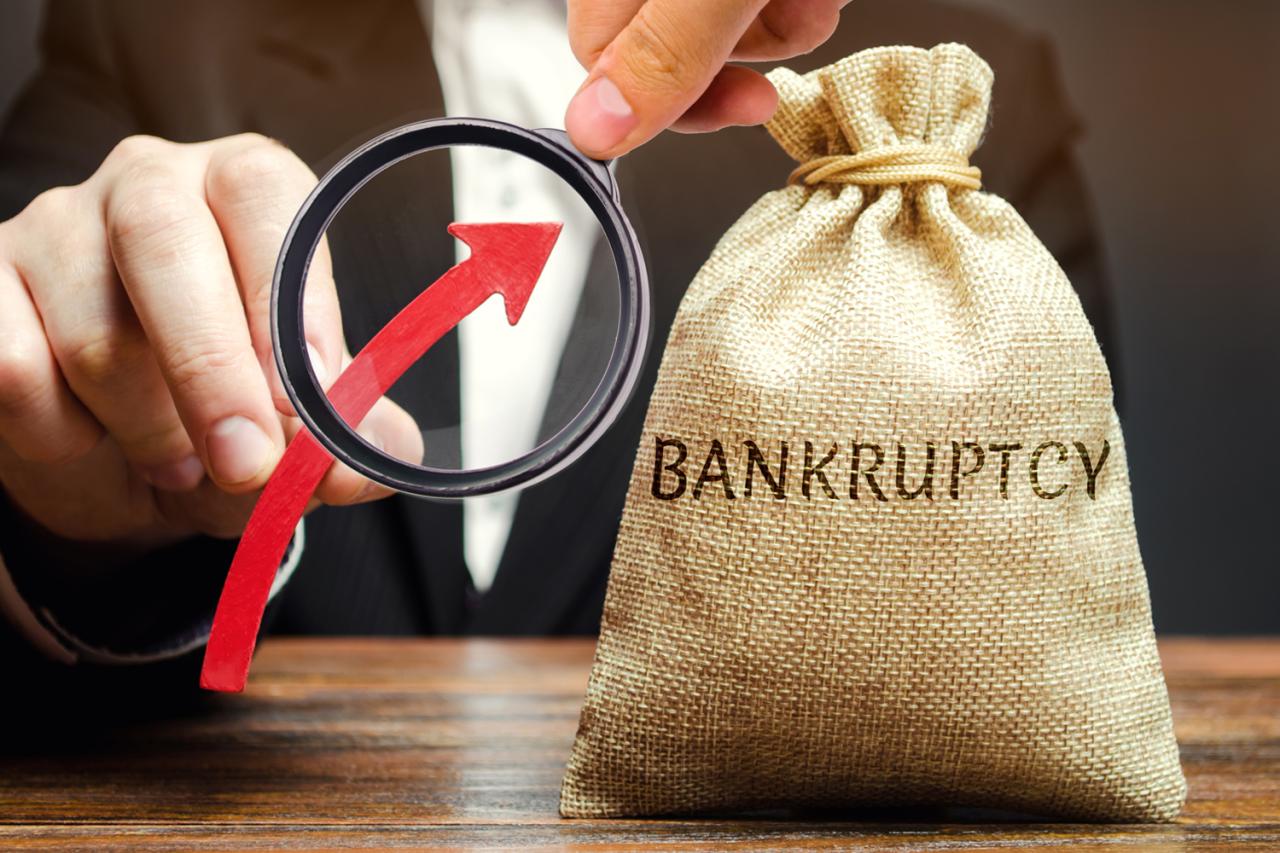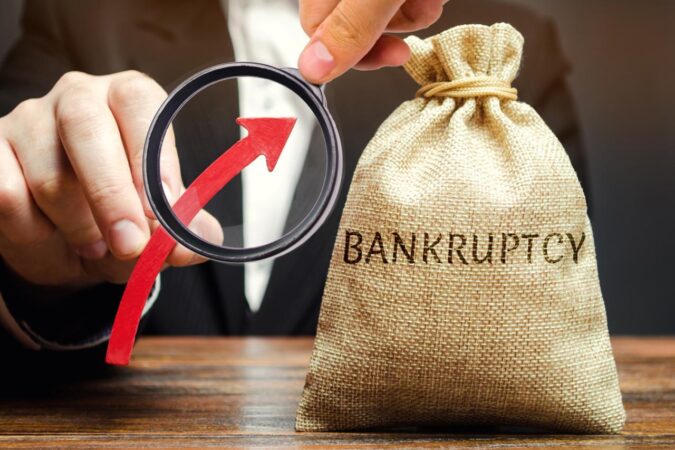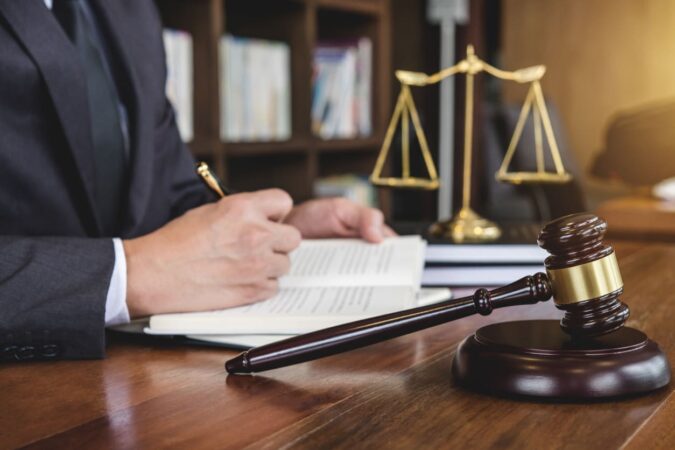
Overview of Bankruptcy in New York

Filing for bankruptcy can be a complex and challenging process, but it can also be a necessary step for individuals and businesses who are struggling with overwhelming debt. In New York, there are two main types of bankruptcy: Chapter 7 and Chapter 13.
Chapter 7 Bankruptcy
Chapter 7 bankruptcy is a liquidation bankruptcy, which means that the debtor’s nonexempt property is sold to pay off creditors. In order to qualify for Chapter 7 bankruptcy, the debtor must meet certain eligibility criteria, including having a low income and limited assets. The process of filing for Chapter 7 bankruptcy typically takes several months, and the debtor will be required to attend a meeting of creditors.
Chapter 13 Bankruptcy
Chapter 13 bankruptcy is a reorganization bankruptcy, which means that the debtor proposes a plan to repay creditors over a period of time. In order to qualify for Chapter 13 bankruptcy, the debtor must have regular income and be able to make the payments required by the plan. The process of filing for Chapter 13 bankruptcy typically takes several years, and the debtor will be required to make regular payments to a bankruptcy trustee.
Consequences of Filing for Bankruptcy
Filing for bankruptcy can have a number of consequences, including:
- A discharge of some or all of the debtor’s debts
- A stay on creditor collection actions
- A negative impact on the debtor’s credit score
- A loss of certain assets
The decision of whether or not to file for bankruptcy is a serious one, and it is important to weigh the potential benefits and risks before making a decision.
Filing for Bankruptcy Without a Lawyer

Filing for bankruptcy without a lawyer, also known as pro se bankruptcy, is possible but requires careful preparation and attention to detail. Here’s a step-by-step guide to help you navigate the process:
Step 1: Determine Eligibility
Start by checking if you meet the eligibility criteria for bankruptcy. You can find information on eligibility requirements and exemptions on the website of the United States Bankruptcy Court for the Southern District of New York.
Step 2: Gather Documents
Collect all necessary financial documents, including tax returns, pay stubs, bank statements, and debt statements. These documents will be used to complete the bankruptcy petition.
Step 3: Obtain Bankruptcy Forms
Bankruptcy forms can be downloaded from the United States Bankruptcy Court website or obtained from a bankruptcy clerk’s office. The official bankruptcy forms are free of charge.
Step 4: Complete the Petition
Fill out the bankruptcy petition carefully and accurately. Ensure all required information is provided and all schedules are completed. The petition includes details about your income, assets, debts, and expenses.
Step 5: File the Petition
Once the petition is complete, file it with the bankruptcy court in your district. There is a filing fee associated with bankruptcy, which varies depending on the type of bankruptcy you are filing for.
Step 6: Attend the Meeting of Creditors
After filing the petition, you will be required to attend a meeting of creditors. At this meeting, the bankruptcy trustee will review your petition and ask questions about your financial situation.
Step 7: Discharge of Debt
If your bankruptcy is approved, you will receive a discharge of debt. This means that you will no longer be legally obligated to repay most of your debts.
Advantages of Filing for Bankruptcy Without a Lawyer
- Lower Cost: Filing for bankruptcy without a lawyer can save you significant legal fees.
- Control over the Process: You have complete control over the bankruptcy process and can make decisions at your own pace.
- Flexibility: You can file for bankruptcy on your own time and schedule, without the need to coordinate with a lawyer.
Disadvantages of Filing for Bankruptcy Without a Lawyer
- Complexity: Bankruptcy laws are complex, and it can be challenging to navigate the process without legal assistance.
- Errors: Filing for bankruptcy without a lawyer increases the risk of making errors that could delay or even deny your discharge.
- Limited Support: You will not have the benefit of professional advice or representation from a lawyer during the bankruptcy process.
Completing the Bankruptcy Forms
Filing for bankruptcy without an attorney requires careful attention to detail when completing the bankruptcy forms. The bankruptcy petition and schedules provide a comprehensive overview of your financial situation and serve as the basis for your bankruptcy case.
Organizing and Presenting Financial Information
To ensure accuracy and completeness, gather all relevant financial documents, including bank statements, pay stubs, tax returns, and credit card bills. Organize your documents by category, such as income, expenses, and assets. Use spreadsheets or accounting software to summarize and categorize your financial information.
Completing the Bankruptcy Petition
The bankruptcy petition is the primary document that initiates your bankruptcy case. It includes personal information, such as your name, address, and Social Security number. Additionally, it requires detailed information about your income, expenses, assets, and debts.
Completing the Bankruptcy Schedules
Bankruptcy schedules provide supporting documentation for the information provided in the petition. They include:
– Schedule A: Real property (e.g., your home)
– Schedule B: Personal property (e.g., furniture, jewelry)
– Schedule C: Exemptions (e.g., property protected from creditors)
– Schedule D: Creditors (e.g., banks, credit card companies)
– Schedule E: Income
– Schedule F: Expenses
– Schedule G: Executory contracts and unexpired leases
Common Mistakes to Avoid
– Inaccurate or incomplete information: Ensure all information is accurate and complete to avoid delays or dismissal of your case.
– Missing documents: Provide all required supporting documents to support your financial information.
– Failing to list all debts: Disclose all debts, even if you dispute them or believe they are uncollectible.
– Exceeding exemption limits: Review the exemption limits for your state to ensure you are not claiming more property than allowed.
– Not filing on time: Bankruptcy has strict filing deadlines. File your petition within the required time frame to avoid dismissal.
Filing the Bankruptcy Petition
Filing for bankruptcy in New York without a lawyer requires you to submit a bankruptcy petition to the bankruptcy court. The petition consists of several forms that provide detailed information about your financial situation, including your assets, debts, income, and expenses.
Where and How to File
You can file your bankruptcy petition at the bankruptcy court in the district where you reside, have a place of business, or have property. You can file the petition in person, by mail, or electronically through the Bankruptcy Noticing Center (BNC). If you file in person, you must attend a meeting with a bankruptcy clerk to verify your identity and review your petition.
Fees Associated with Filing
Filing for bankruptcy incurs certain fees, which vary depending on the type of bankruptcy you file. The filing fee for Chapter 7 bankruptcy is $338, while the filing fee for Chapter 13 bankruptcy is $313. In addition, you may have to pay administrative fees, such as the $75 fee for the mandatory credit counseling course and the $50 fee for the financial management course.
What Happens After Filing
Once you file your bankruptcy petition, the court will issue an automatic stay, which prevents creditors from contacting you or taking any collection actions against you. The court will also assign you a bankruptcy trustee, who will oversee your case and distribute your assets to creditors. You will be required to attend a meeting of creditors, where you will be questioned about your financial situation. After the meeting, the court will either discharge your debts or confirm your Chapter 13 repayment plan.
Attending the Meeting of Creditors

The meeting of creditors is a crucial part of the bankruptcy process. It provides an opportunity for creditors to question the debtor about their financial situation and to object to the discharge of debts.
Preparing for the Meeting of Creditors
To prepare for the meeting of creditors, debtors should:
* Gather all relevant financial documents, including tax returns, bank statements, and pay stubs.
* Review the bankruptcy petition and schedules to ensure that they are accurate and complete.
* Practice answering questions about their financial situation and the reasons for filing for bankruptcy.
Attending the Meeting of Creditors
The meeting of creditors is typically held at the bankruptcy court. The debtor must attend the meeting and be prepared to answer questions from the creditors and the bankruptcy trustee. The trustee will preside over the meeting and ensure that it is conducted in an orderly manner.
What to Expect at the Meeting of Creditors
At the meeting of creditors, the debtor can expect:
* Creditors to question them about their financial situation.
* The bankruptcy trustee to review the bankruptcy petition and schedules.
* Creditors to object to the discharge of debts.
* The bankruptcy judge to make a decision on the discharge of debts.
Receiving a Discharge of Debt
In bankruptcy proceedings, receiving a discharge of debt signifies the legal release from the obligation to repay certain debts. It allows individuals to make a fresh start by eliminating eligible debts and provides financial relief.
There are two main types of discharge in bankruptcy: Chapter 7 and Chapter 13.
Chapter 7 Discharge
- In Chapter 7 bankruptcy, most unsecured debts, such as credit card balances, medical bills, and personal loans, can be discharged. However, some debts, such as student loans, taxes, and child support, are not dischargeable.
- To be eligible for a Chapter 7 discharge, individuals must meet specific income and asset requirements and have not previously received a discharge in the past eight years.
- The Chapter 7 discharge process typically takes four to six months and involves liquidating non-exempt assets to pay creditors.
Chapter 13 Discharge
- In Chapter 13 bankruptcy, individuals propose a repayment plan that lasts for three to five years. During this period, they make regular payments to creditors based on their income and expenses.
- Upon successful completion of the repayment plan, the remaining eligible debts are discharged. Unlike Chapter 7, Chapter 13 allows individuals to keep their assets while paying off their debts.
- To be eligible for a Chapter 13 discharge, individuals must have regular income and be able to afford the proposed repayment plan.
Receiving a discharge of debt can have significant effects. It can improve credit scores, reduce stress, and allow individuals to regain financial stability. However, it is important to note that bankruptcy can also have long-term consequences, such as remaining on credit reports for up to 10 years.





